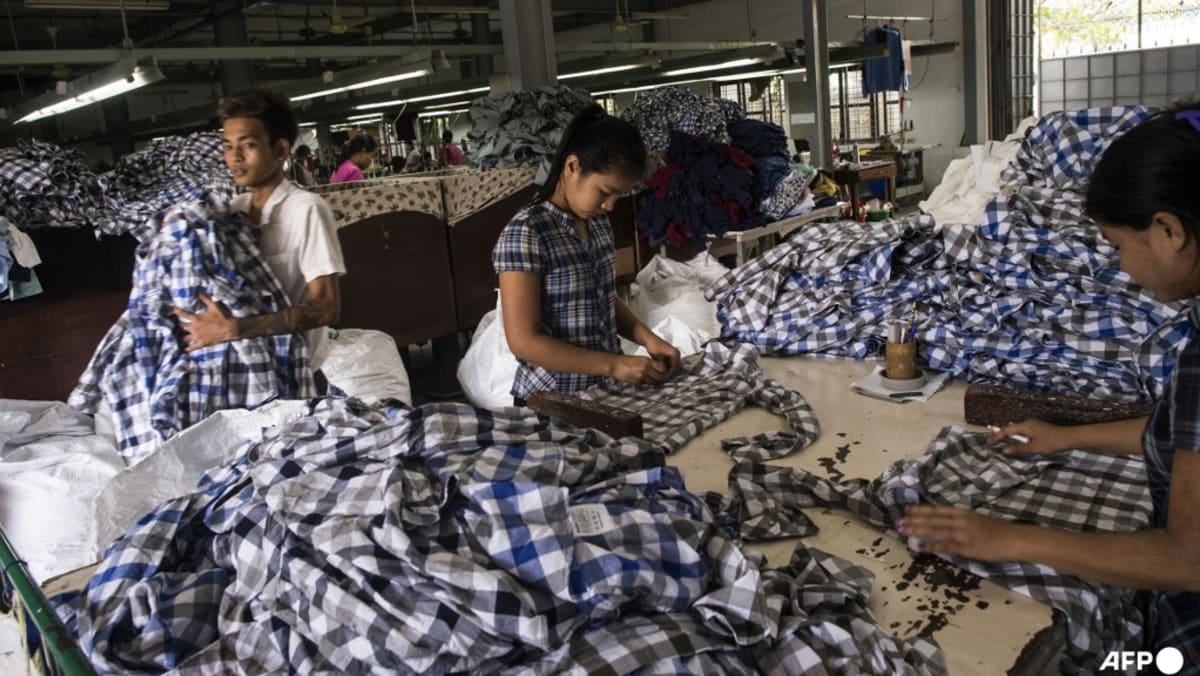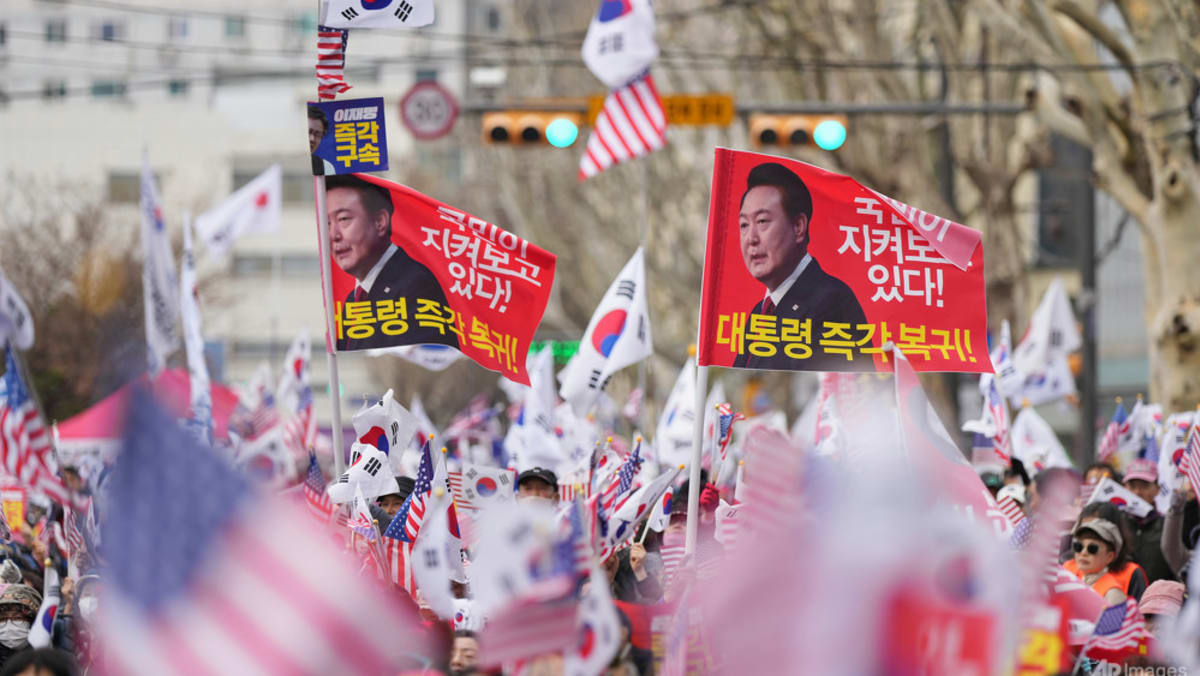Commentary: Eroding wages in Myanmar add to debate about whether garment brands should ‘stay or go’

INFLATION CUTS INTO WAGES
The legal minimum wage, as of August 2024, is effectively 6,800 kyat per day. This includes a daily base wage (last updated in 2018) of 4,800 kyat, plus two additional 1,000 kyat daily allowances, announced in 2023 and 2024. If the minimum wage had kept up with inflation since its last adjustment in 2018, it would now be about 12,000 kyat a day.
Real wages have also fallen dramatically. Data from H&M – one of the few brands providing transparent data – shows that wages (including guaranteed pay but excluding variable items like overtime and bonuses) increased from 199,000 kyat a month in 2020 to 248,000 kyat a month at end-2023, an increase of 25 per cent.
Over this same period, the CPI increased an estimated 88 per cent and the cost of a common diet, according to the International Food Policy Research Institute, increased 160 per cent.
The result is that an H&M salary, which in 2020 was more than enough to feed an average family, could no longer do so by end-2023. While some factories increased wages by 20-30 per cent in 2024 in response to post-conscription worker shortages, this has not offset years of declining real wages.
There are several reasons behind the decline in wages. The main culprit is high inflation, driven by the military regime’s money printing and popular distrust of the kyat.
Factories also face an increasingly inefficient and challenging business environment. Electricity supply has deteriorated: Yangon’s industrial zones now average 20 hours of blackouts per day. Almost all factories own a generator, from which they get about 62 per cent of their power – at significant additional cost.
Logistics is more complicated and expensive, with land routes to China and Thailand heavily disrupted due to fighting. Workers have also been leaving more frequently since the conscription law was announced in February 2024.
The depreciation of the kyat has partly offset growing challenges, as factories sell in foreign currency but have the most costs in kyat. Even with a complex forex regime manipulated by the military regime, factories still get more than twice as many kyats per dollar as they did pre-coup.
If factories took the same number of US dollars they paid for wages in 2020 – about US$140 a month, according to H&M, and gave workers the kyat received from exchanging that today, they would get over 400,000 kyat a month. Instead, H&M’s data shows that in US dollar terms, wages were down from US$140 in 2020 to just US$94 a month in 2023.
Source: CNA















